Grow Peppers from Seed with These Easy Tips
Learn how to successfully start peppers from seed with this step-by-step guide. Get tips for healthy seedlings and a great harvest!
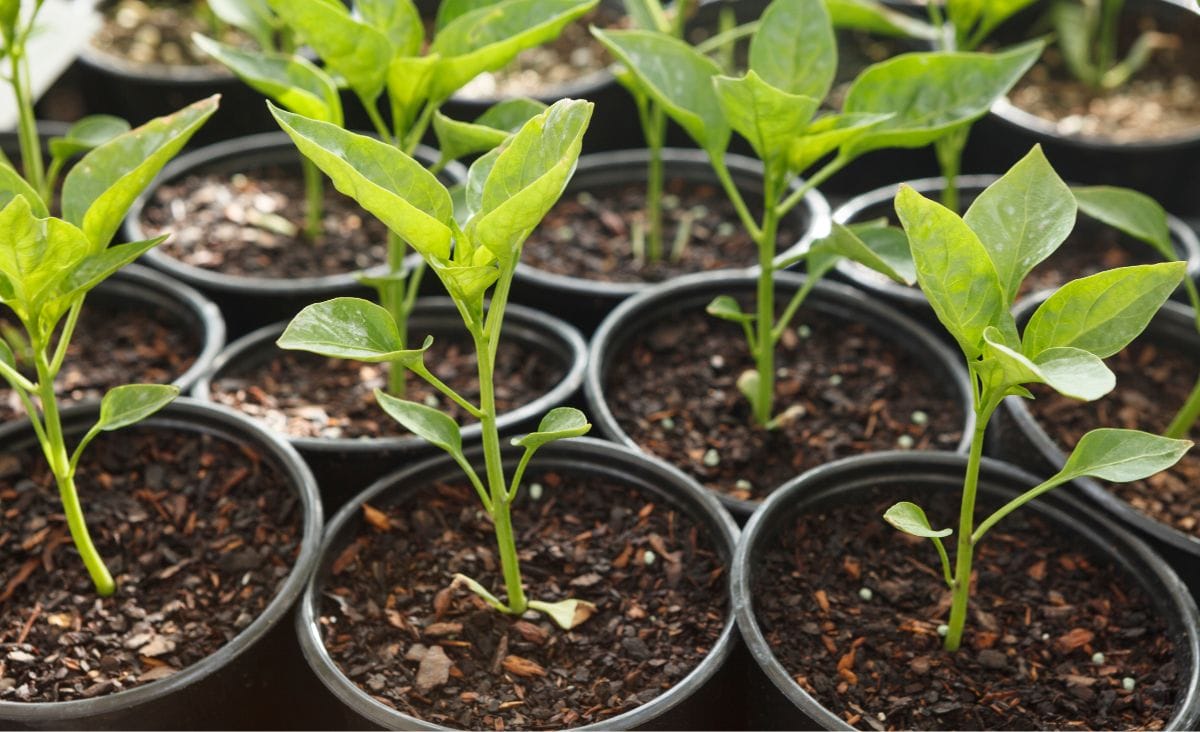
Starting peppers from seed can feel like a daunting task, but it’s an incredibly rewarding way to grow a vibrant and productive garden. I remember my first attempt, feeling equal parts excitement and uncertainty. The good news? Once you learn the basics, it’s a straightforward and enjoyable process.
In this guide, I’ll share everything you need to know about starting pepper seeds, from choosing the right varieties to providing the perfect growing conditions. Whether you’re growing sweet bell peppers or spicy chilies, you’ll gain the confidence and knowledge to nurture healthy plants ready for your garden.
Step-by-Step Guide to Starting Pepper Seeds
Peppers, like tomatoes, thrive with a strong start indoors. Let’s break it down step by step so you can grow vigorous seedlings that lead to abundant harvests.
Choosing the Right Pepper Varieties
When it comes to peppers, the variety you choose matters.
- Sweet vs. Hot: Sweet peppers like bell peppers are mild and versatile, while hot peppers such as jalapeños, habaneros, or ghost peppers pack a spicy punch.
- Heirloom vs. Hybrid: Heirlooms offer unique flavors and the ability to save seeds, while hybrids often boast disease resistance and higher yields.
- Growing Climate: Some peppers, especially hot varieties, prefer longer growing seasons. Choose varieties that align with your region’s climate.
Tip: I love growing a mix of sweet and spicy peppers to add diversity to my garden and kitchen.
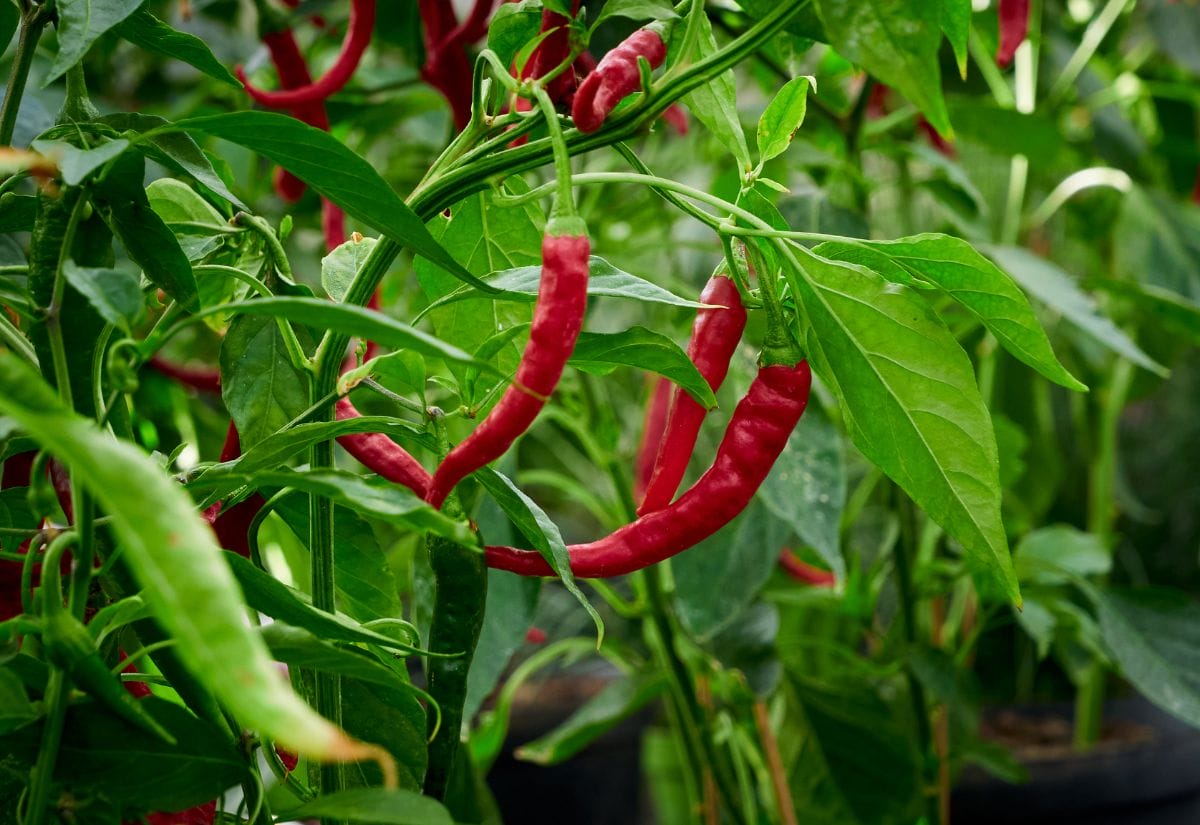
When to Start Pepper Seeds Indoors
Pepper seeds are slow to germinate and require a longer indoor growing period than many other vegetables.
- Start seeds indoors 8-10 weeks before your last expected frost date.
- Look up your local frost dates and plan accordingly to give your peppers plenty of time to mature before transplanting outdoors.
Gathering Your Supplies
You don’t need a lot of fancy equipment to start pepper seeds, but having the right tools makes a big difference.
- Seed trays or small pots with drainage holes
- Seed-starting mix (light and fine-textured, not garden soil)
- Heat mat to maintain consistent warmth
- Grow lights or a bright, sunny window
- Spray bottle for gentle watering
Tip: Using biodegradable seed pots makes transplanting easier and reduces root disturbance.
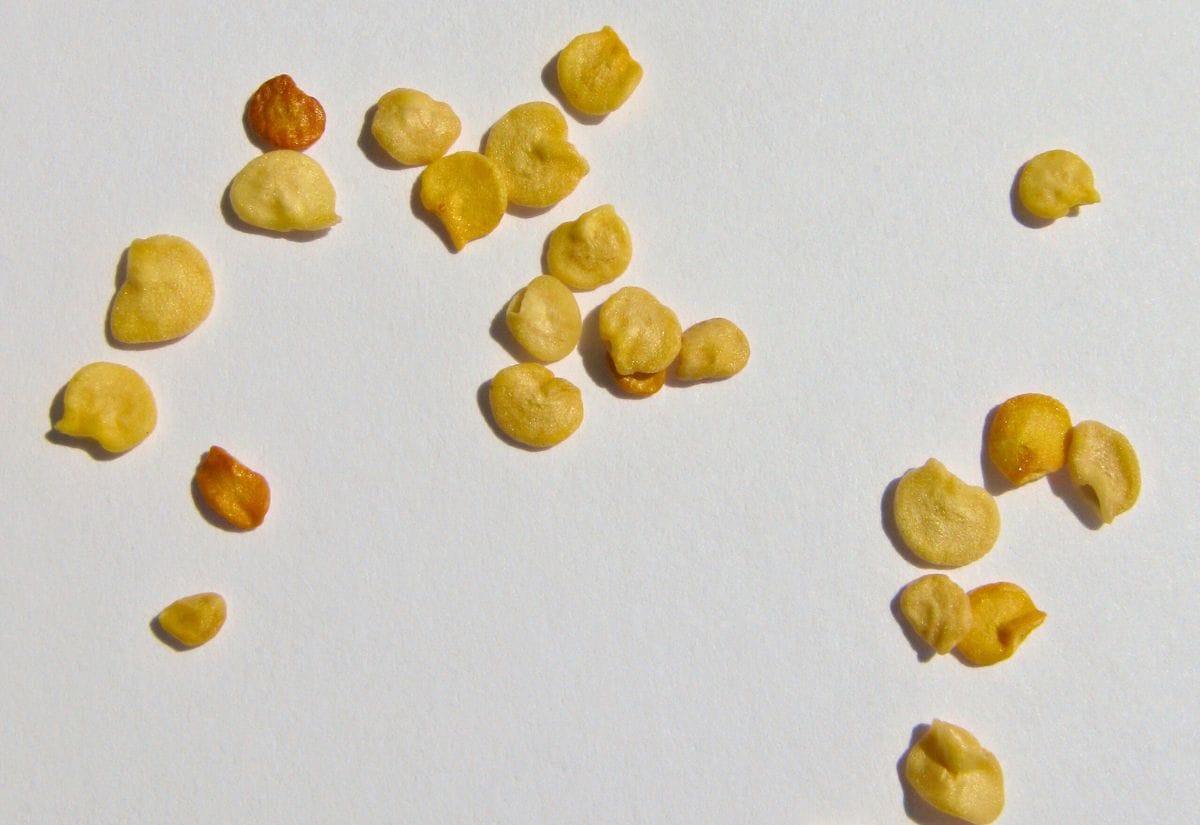
Planting Your Pepper Seeds
- Fill your seed trays or pots with moist seed-starting mix, ensuring the soil is evenly damp but not waterlogged.
- Plant seeds about 1/4 inch deep, placing 1-2 seeds per pot or cell.
- Cover lightly with soil, then mist gently with water to settle the seeds.
- Place the trays on a heat mat or in a warm location (80-85°F is ideal for germination).
- Cover with a humidity dome or plastic wrap to retain moisture until the seeds sprout.
I’ve found that peppers germinate much faster with consistent warmth, so a heat mat is worth the investment if you’re serious about growing them.
Providing the Right Growing Conditions
Peppers are a bit picky about their growing environment, but with the right care, they’ll thrive.
Warmth
- Keep the soil temperature between 80-85°F during germination.
- Once seedlings emerge, you can reduce the temperature to 70-75°F during the day and 60-65°F at night.
Light
- Move seedlings under grow lights or to a sunny window as soon as they sprout.
- Provide 14-16 hours of light daily to prevent leggy growth.
Moisture
- Water when the top of the soil feels dry, using a spray bottle or gentle watering can.
- Avoid overwatering, as peppers are prone to damping-off disease.
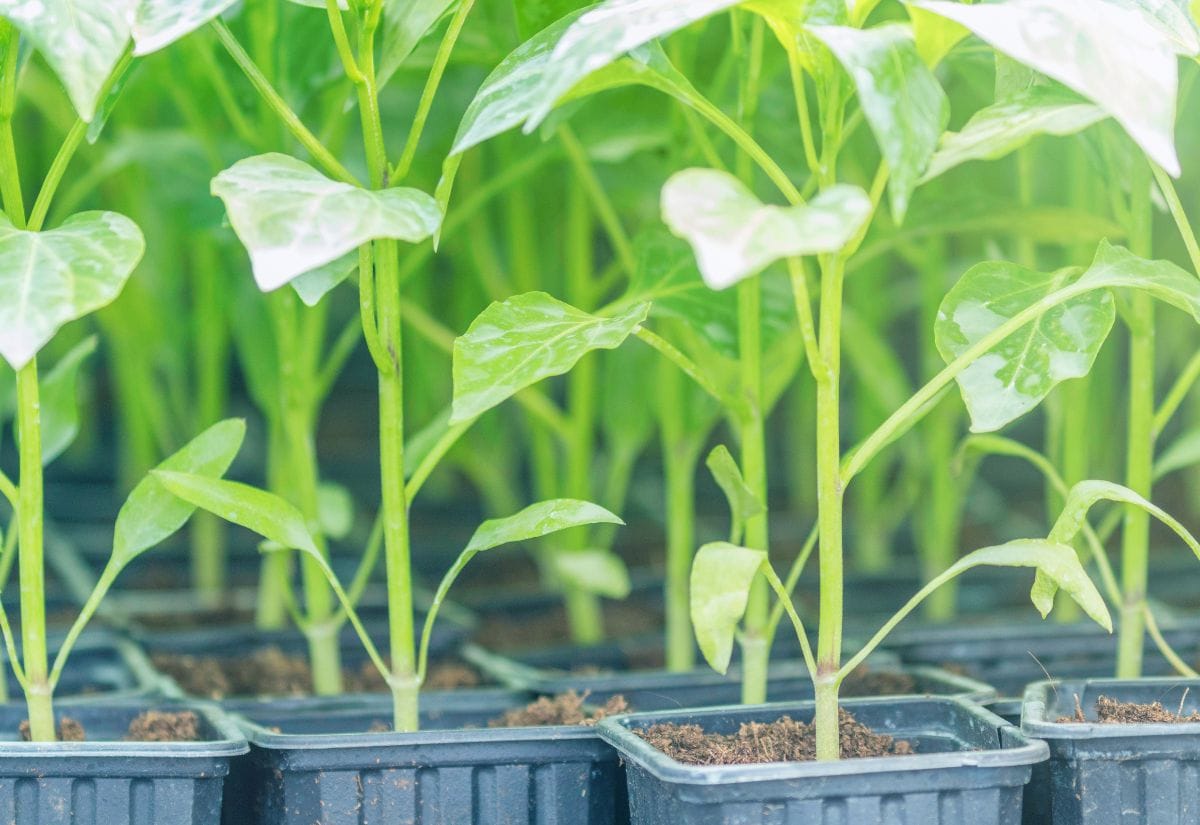
Caring for Young Pepper Seedlings
As your pepper seedlings grow, they’ll need consistent care to become strong and healthy.
- Thinning: Once seedlings have developed their first true leaves, thin them by snipping the weaker plant at the soil line. Leave one strong seedling per cell or pot.
- Air Circulation: Use a small fan to promote air movement and prevent fungal diseases. This also helps strengthen the stems.
- Fertilizing: Start feeding seedlings with a diluted liquid fertilizer (such as fish emulsion or a balanced 10-10-10) once they develop their first true leaves. Apply every 10-14 days.
Transplanting Pepper Seedlings Outdoors
When your pepper seedlings are about 6-8 inches tall and the outdoor soil temperature is consistently above 60°F, they’re ready to move outside.
Hardening Off
Begin hardening off seedlings about 7-10 days before transplanting by gradually introducing them to outdoor conditions. Start with a few hours of shade each day, increasing their exposure to sunlight and wind over time.
Preparing the Soil
Peppers love well-draining, nutrient-rich soil with a slightly acidic to neutral pH (6.0-7.0). Mix in compost or organic matter before planting.
Planting
- Space plants 12-18 inches apart in rows about 24-36 inches apart.
- Dig a hole slightly deeper than the seedling’s root ball.
- Plant peppers at the same depth they were growing in their pots.
- Water thoroughly to help them settle into their new home.
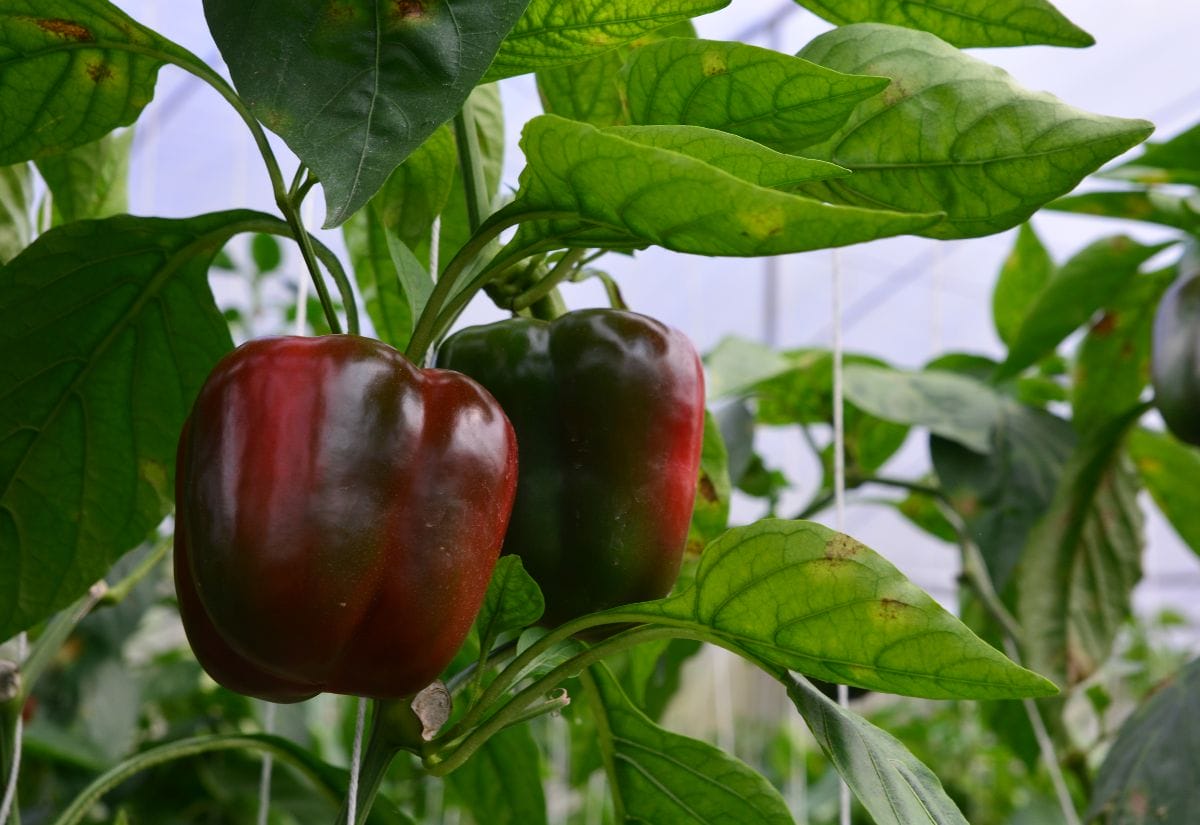
Common Questions About Starting Peppers from Seed
Growing peppers from seed is an art that gets easier with practice. If you’re looking for alternatives, consider starting with pre-sprouted seeds or buying healthy seedlings from a nursery. However, starting from seed gives you access to a wider variety of peppers and the satisfaction of growing them yourself.
Pro Tip: Keep a gardening journal to track your pepper-growing progress and learn what works best for your climate and conditions.
Pin this step-by-step guide to start peppers from seed successfully!
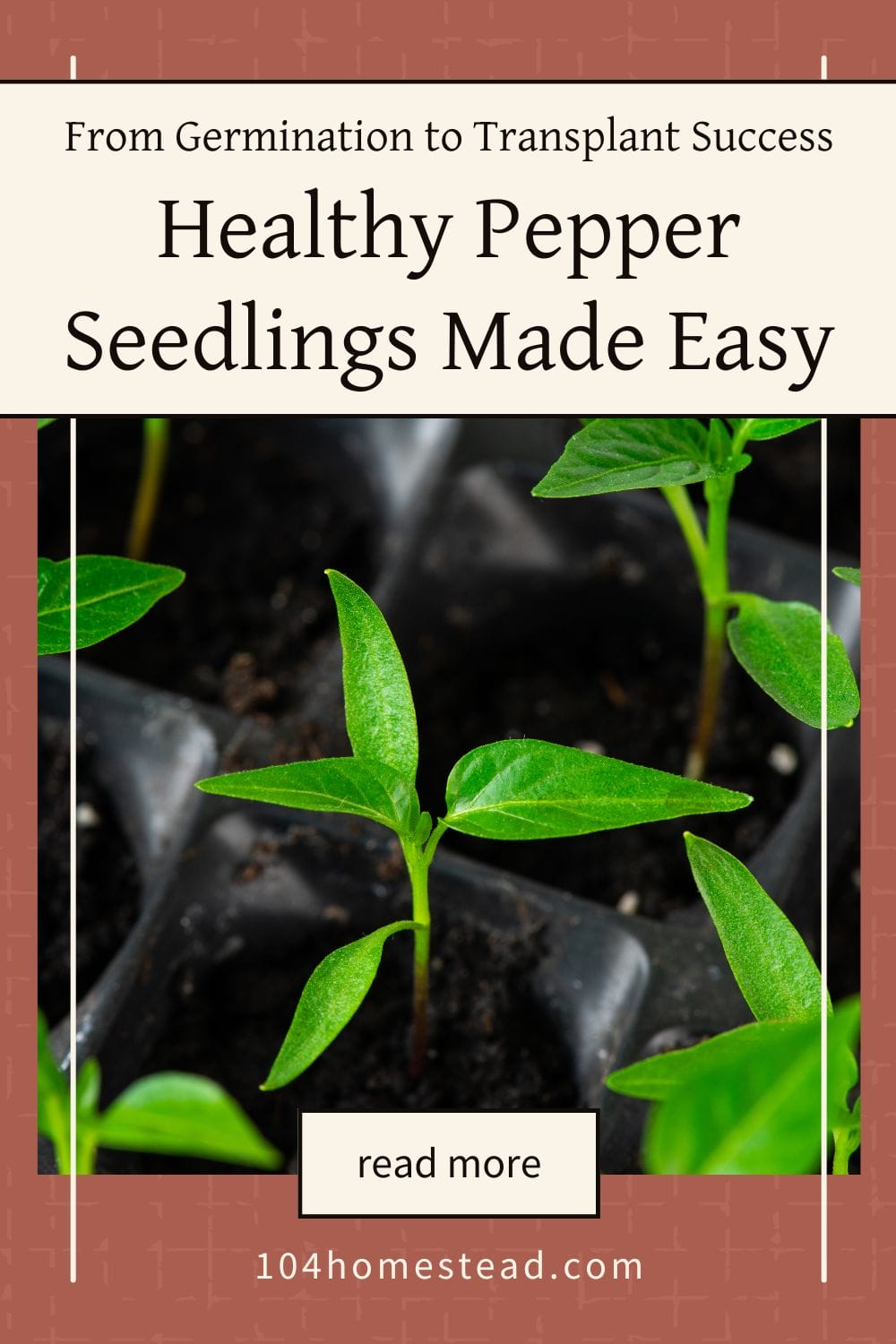
Starting peppers from seed is a rewarding process that allows you to explore unique varieties and enjoy a thriving garden. With the right tools, timing, and care, you’ll be harvesting homegrown peppers in no time. And you’ll be able to save your seeds to do it again the following year!
Once your seedlings are growing strong, it’s essential to keep their environment healthy by managing any mold or fungus that may pop up on the soil. Ensuring your plants grow sturdy stems instead of getting leggy is another key step. When the time comes to transition your seedlings outdoors, preparing them with proper hardening off techniques will set them up for success. And don’t forget—once your peppers are ready to harvest, preserving them correctly will ensure you enjoy their bold flavors long after the growing season ends.
What’s your favorite type of pepper to grow? Share your tips and experiences in the comments below—I’d love to hear from you!




